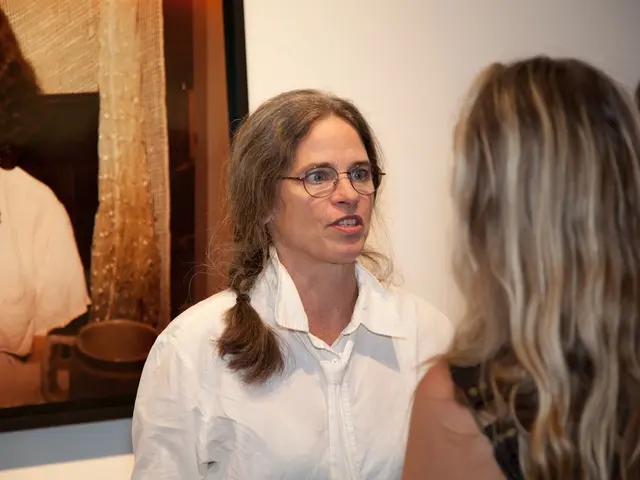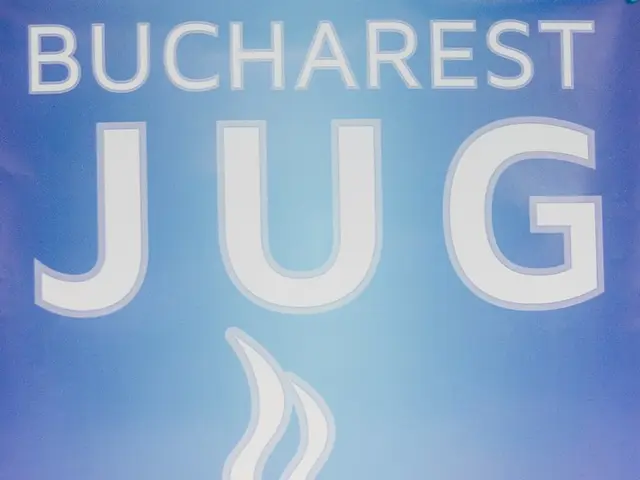Protest Erupts in Central Park Over Proposed Ban on Frisbee Play
The film industry thrives when it mirrors the rich tapestry of its audience, incorporating varied voices and perspectives to create more relatable characters and compelling storylines. This principle is increasingly being embraced in Indian cinema, with a significant transformation underway.
Progress in Diversity and Inclusivity
Actress Aditi Rao Hydari, honoured with the prestigious Diversity in Cinema Award at the Indian Film Festival of Melbourne (IFFM) 2025, exemplifies this progressive trend. Known for her work across multiple Indian languages (Hindi, Tamil, Telugu, Malayalam), Aditi balances mainstream and independent cinema, and portrays strong, layered female roles. Her cross-cultural presence signals a movement toward more inclusive, pan-Indian storytelling.
Critique of Bollywood’s Portrayal of Heroism
Despite this progress, Bollywood’s traditional portrayals of heroism often remain rooted in stereotypical or regionally narrow ideals. The industry has been criticized for favoring North Indian stars and “Bollywoodized” hero archetypes, limiting the visibility and nuanced depiction of South Indian actors and their cultural contexts. However, the rise of pan-Indian cinema and cross-industry collaborations is gradually diluting these monopolistic portrayals.
Representation of South Indian Actors
South Indian actors are increasingly entering Bollywood and digital platforms, expanding representation, but full inclusivity is still evolving. Actors like Aditi Rao Hydari, whose filmography spans significant South Indian languages, demonstrate the permeability of boundaries. This trend contributes to breaking down stereotypes by showcasing South Indian talent in complex hero and heroine roles beyond tokenism.
Additional Context on Representation and Inclusivity
Research on Bollywood's portrayal of marginalized identities, including disability, indicates that while there have been strides towards more rights-oriented and nuanced portrayals, mainstream Hindi cinema still faces challenges such as casting choices and stereotypical narratives, highlighting a wider inclusivity gap that Bollywood needs to address for truly representative cinema.
A Call for Change
Voices like Allu Arjun, a prominent figure in the Telugu film industry, are rising to prominence, calling for an industry-wide reconsideration of how it embraces talent from all corners of India. Such conversations pave the way for collaboration that transcends regional boundaries, ultimately benefiting everyone involved-filmmakers, actors, and audiences alike.
Allu Arjun's criticism highlights the need for evolution within Bollywood, advocating for narratives that reflect true human experiences rather than relying solely on grandiose tales from history or folklore. The surge of regional cinemas challenges the dominance of traditional Bollywood narratives, leading to a more inclusive film industry that better represents various cultural backgrounds.
The dialogue initiated by figures like Allu Arjun and Nikkhil Advani is crucial as we move towards a more inclusive cinematic landscape. This shift aligns with broader attempts in Indian cinema to embrace varied narratives and characters from all over India, challenging the once northern Hindi-centric model of Bollywood dominance.
[1] India Today [2] The Hindu [3] Deccan Chronicle [4] The Quint [5] Firstpost
- The celebration of diversity and inclusivity in Indian cinema moved a step forward with Aditi Rao Hydari receiving the prestigious Diversity in Cinema Award at IFFM 2025.
- Known for her multilingual filmography, Aditi symbolizes the shift towards pan-Indian storytelling, juggling mainstream and independent cinema.
- Bollywood's traditional portrayals of heroism continue to face criticism for favoring North Indian stars and limiting the visibility of South Indian actors.
- Encouragingly, South Indian actors are making their way into Bollywood and digital platforms, signifying a step towards full inclusivity.
- Research on Bollywood representation of marginalized identities acknowledges progress, but calls attention to ongoing challenges in casting and stereotypical narratives.
- In the wake of these issues, Allu Arjun, a prominent Telugu film personality, is voicing the need for an industry-wide reconsideration of talent selection from diverse regions.
- South Indian actors like Aditi Rao Hydari are shattering stereotypes, showcasing their talent in complex roles that transcend tokenism.
- The surge of regional cinemas is increasingly challenging the dominance of traditional Bollywood narratives, leading to a more inclusive film industry.
- Journalistic outlets such as India Today, The Hindu, Deccan Chronicle, The Quint, and Firstpost play vital roles in covering these important debates happening within Indian cinema.
- The discourse initiated by Allu Arjun and Nikkhil Advani aims to pave the way for collaboration across regional boundaries, helping the film industry create a genuinely representative landscape.
- As Indian cinema evolves, aiming to represent varied voices and experiences from all over the country, it aligns with the growth in sustainable living, education, personal growth, and social media, all aspects of modern lifestyle, including entertainment, job search, pop culture, sports, weather forecasting, and sports analysis.




